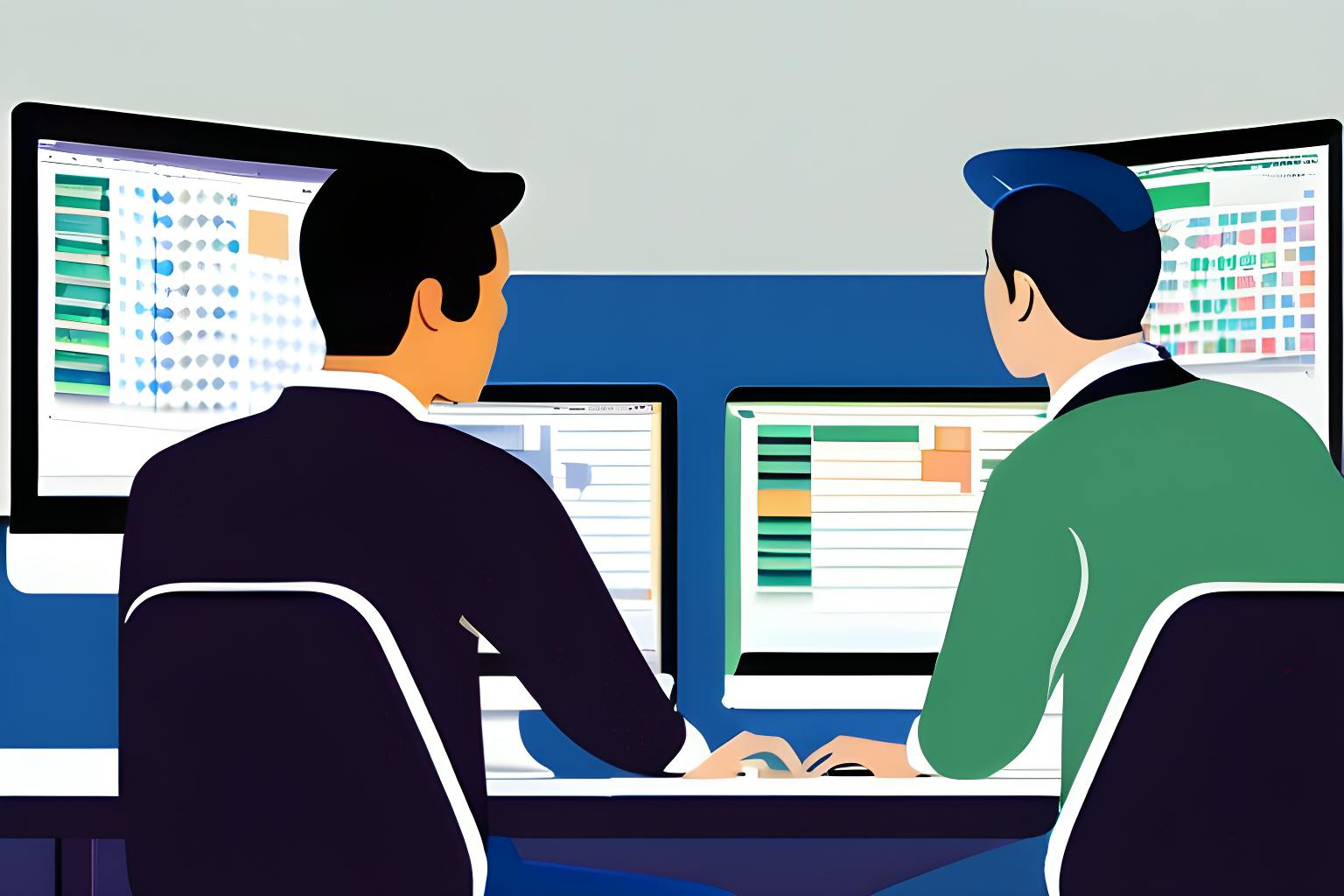Oracle vs. Google (2014) Court Filing, retrieved on May 9, 2014, is part of HackerNoon’s Legal PDF Series. You can jump to any part in this filing here. This is part 3 of 16.
B. Google’s Accused Product: Android
The accused product is Android, a software platform that was designed for mobile devices and competes with Java in that market. Google acquired Android, Inc. in 2005 as part of a plan to develop a smartphone platform. Later that same year, Google and Sun began discussing the possibility of Google “taking a license to use and to adapt the entire Java platform for mobile devices.” Copyrightability Decision, 872 F. Supp. 2d at 978. They also discussed a “possible co-development partnership deal with Sun under which Java technology would become an open-source part of the Android platform, adapted for mobile devices.” Id. The parties negotiated for months but were unable to reach an agreement. The point of contention between the parties was Google’s refusal to make the implementation of its programs compatible with the Java virtual machine or interoperable with other Java programs. Because Sun/Oracle found that position to be anathema to the “write once, run anywhere” philosophy, it did not grant Google a license to use the Java API packages.
When the parties’ negotiations reached an impasse, Google decided to use the Java programming language to design its own virtual machine—the Dalvik virtual machine (“Dalvik VM”)—and “to write its own implementations for the functions in the Java API that were key to mobile devices.” Id. Google developed the Android platform, which grew to include 168 API packages—37 of which correspond to the Java API packages at issue in this appeal.
With respect to the 37 packages at issue, “Google believed Java application programmers would want to find the same 37 sets of functionalities in the new Android system callable by the same names as used in Java.” Id. To achieve this result, Google copied the declaring source code from the 37 Java API packages verbatim, inserting that code into parts of its Android software. In doing so, Google copied the elaborately organized taxonomy of all the names of methods, classes, interfaces, and packages— the “overall system of organized names—covering 37 packages, with over six hundred classes, with over six thousand methods.” Copyrightability Decision, 872 F. Supp. 2d at 999. The parties and district court referred to this taxonomy of expressions as the “structure, sequence, and organization” or “SSO” of the 37 packages. It is undisputed, however, that Google wrote its own implementing code, except with respect to: (1) the rangeCheck function, which consisted of nine lines of code; and (2) eight decompiled security files.
As to rangeCheck, the court found that the Sun engineer who wrote it later worked for Google and contributed two files he created containing the rangeCheck function— “Timsort.java” and “ComparableTimsort”—to the Android platform. In doing so, the nine-line rangeCheck function was copied directly into Android. As to the eight decompiled files, the district court found that they were copied and used as test files but “never found their way into Android or any handset.” Id. at 983.
Google released the Android platform in 2007, and the first Android phones went on sale the following year. Although it is undisputed that certain Android software contains copies of the 37 API packages’ declaring code at issue, neither the district court nor the parties specify in which programs those copies appear. Oracle indicated at oral argument, however, that all Android phones contain copies of the accused portions of the Android software. Oral Argument at 1:35, available at http://www. cafc.uscourts.gov/oral-argument-recordings/2013-1021/all. Android smartphones “rapidly grew in popularity and now comprise a large share of the United States market.” Copyrightability Decision, 872 F. Supp. 2d at 978. Google provides the Android platform free of charge to smartphone manufacturers and receives revenue when customers use particular functions on the Android phone. Although Android uses the Java programming language, it is undisputed that Android is not generally Java compatible. As Oracle explains, “Google ultimately designed Android to be incompatible with the Java platform, so that apps written for one will not work on the other.” Appellant Br. 29.
Continue Reading Here.
About HackerNoon Legal PDF Series: We bring you the most important technical and insightful public domain court case filings.
This court case 10-CV-3561 retrieved on September 22, 2023, from law.justia.com is part of the public domain. The court-created documents are works of the federal government, and under copyright law, are automatically placed in the public domain and may be shared without legal restriction.

